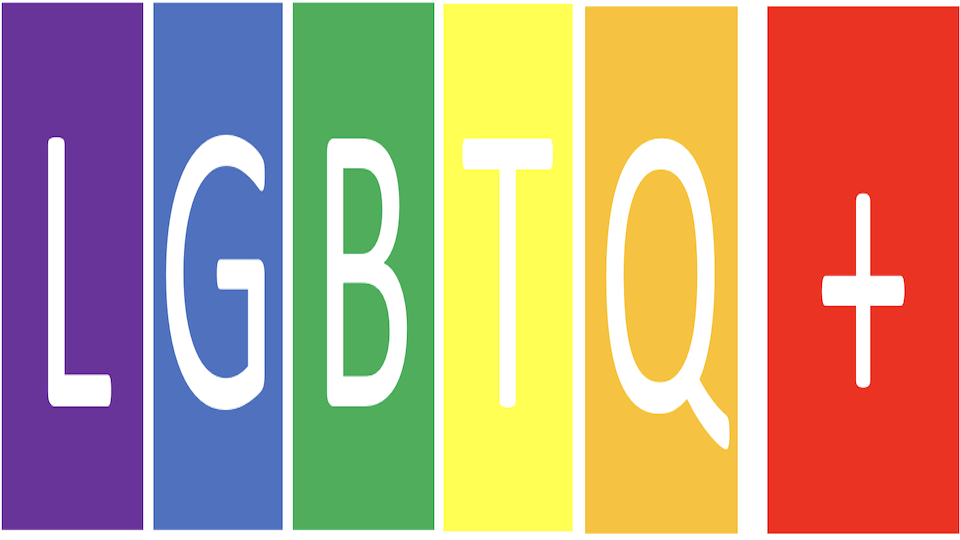The "+" in LGBTQ+

Fully and accurately representing a large and diverse community with a single term or label is extremely difficult to do. That’s become especially true for the broad spectrum of gender and sexual identities that are recognized today. However imperfect, LGBTQ+ has evolved as a useful shorthand to begin to understand the community’s spectrum of experiences related to gender and sexual identity.
“As society’s understanding, recognition, and inclusion of diverse sexual identities and gender expressions has grown, so has its acronym (Blakemore, 2021).”
Most of us are familiar with what the LGBT acronym stands for: lesbian, gay, bisexual, and transgender. When a “Q” is present (as in LGBTQ), it generally means queer (an umbrella term for folks who are part of the LGBT+ community), but the “Q” simultaneously represents persons who are in the process of questioning their gender or sexual identities.
A brief history of the LGBTQ+ acronym
L – the oldest term to be used to describe same-gender passion (women) – Ancient Greek origins
G – unclear origins of this term; the gay community “reclaimed” this previously negative slur describing same-gender love (1960s); in common use by the 1980s
B – the terms bisexual, heterosexual, and homosexual were coined in the late 1800s by an Austro-Hungarian; the field of psychology adopted these terms
LGB Acronym – widespread adoption in the 1990s
T – origin of the term 1960s; embraced as part of the LGB rights movement by the 2000s
Q – originally a slur in the early 1900s; “queer” more recently reclaimed and added to the acronym in the 1990s-2000s
Q – a more recent term, “questioning” is also represented by the Q in LGBTQ
IA—intersex and asexual added to the growing acronym in the early 2000s
2S--representing Two-Spirit peoples in Native American, First Nations and indigenous communities.
+ --appears at the end of the acronym in the early 2000s as a broad symbol of all non-straight identities
So, what is the “+” ? The “+” (PLUS) is meant to be a broader signifier or symbol of acceptance and inclusion, more accurately representing members of the community who feel their identities are not captured by the LGBT (and sometimes Q) acronym, including nonbinary identities such as asexual, intersex, Two-Spirit, pansexual, gender fluid, and gender non-conforming, to name just a few.
While different versions of the acronym are in use today, including LGBTQIA2S and LGBTQIA+, those who use LGBTQ+ seek to represent the full breadth and diversity of the LGBTQ+ community in a way that is manageable and accounts for growth in understanding and shifting terminology. Others have dispensed with the acronym entirely, preferring the phrase “gender and sexual minorities” as a flexible and inclusive representation of the full community, including an array of nonbinary gender and sexual identities (NIH, 2022).
Continue to explore the identiversity website to learn more about the real people and real identities that make up the LGBTQ+ community.
References:
Blakemore, Erin. (2021, October 19). From LGBT to LGBTQIA+: The evolving recognition of identity. National Geographic. https://www.nationalgeographic.com/history/article/from-lgbt-to-lgbtqia-the-evolving-recognition-of-...
National Institutes of Health, Sexual and Gender Minority Research Office. (2022). https://dpcpsi.nih.gov/sgmro
